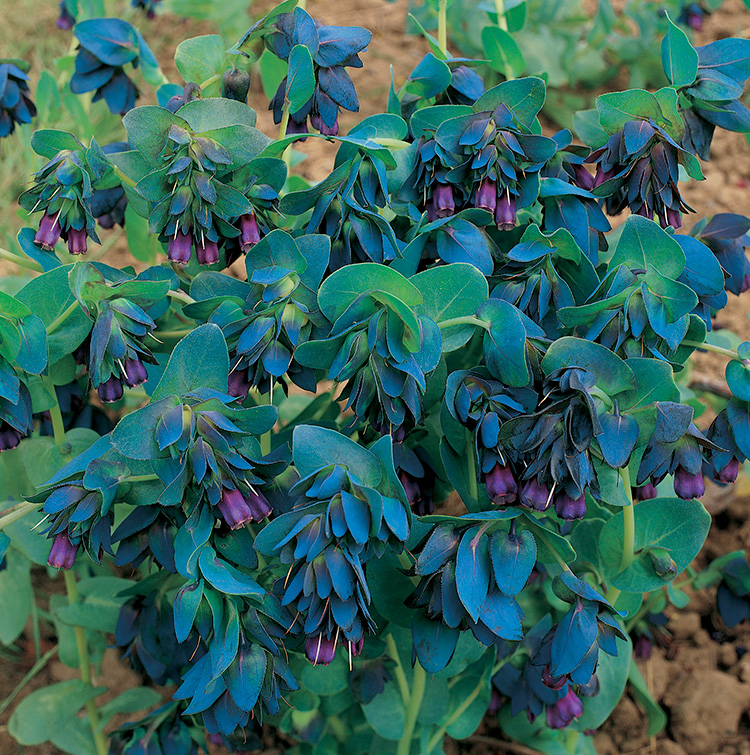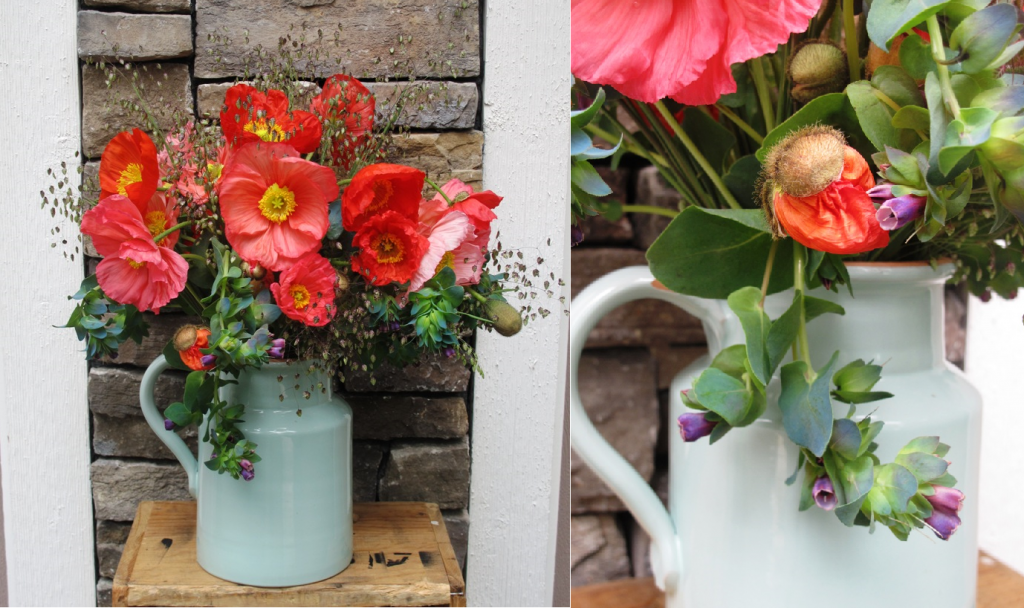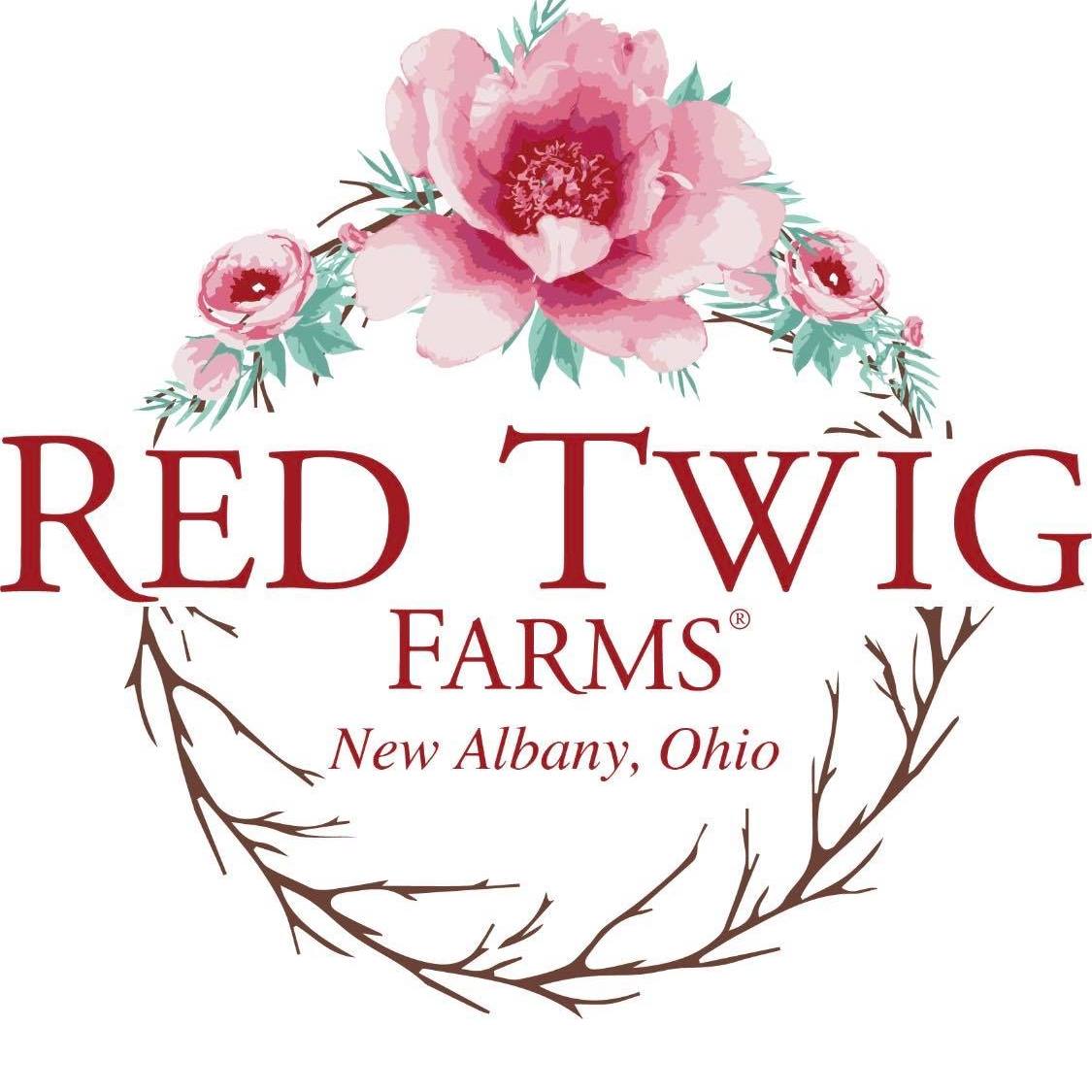From the Author: While reviewing notes from the Slow Flowers Creative Workshop at PepperHarrow Farm a few years ago, I found the beginnings of an essay about Cerinthe. I had asked students to choose a favorite flower or stem about which to write a memory. This essay was just a rough draft on notepaper. The rewriting of it allowed me to add a little more polish with some historical details. Enjoy!

During my early years as a gardener, I was a hungry and curious student. I observed and studied, noticing each exquisite petal detail, whether it had frilled edges or was deeply lobed. I thought I was pretty well informed about the botanical world, until that day in the mid-1990s when I met Cerinthe.
I stopped to visit a small, country nursery on Whidbey Island. With my son in tow, we wandered through the display garden in late summer. The perennials a little tired; the hydrangeas already beginning to fade. And then I saw her and was stopped in my tracks.
The foliage – was the color teal or plum or silver-blue? Leaves folded over the stem, one overlapping the next, making it impossible to tell where they ended and the blooms began. Tiny, dark purple flowers peeked out from the terminus of each waxy, succulent-like stem like those children who hid under the nanny’s hoop skirt in the Nutcracker ballet.
Tiny, dark purple flowers peeked out from the terminus of each waxy, succulent-like stem like those children who hid under the nanny’s hoop skirt in the Nutcracker ballet.
This was an alien, but enthralling plant – what was it? And by the way, there were none for sale! As I quizzed the nurseryman, I learned that Cerinthe major ‘Purpurascens’, aka Honeywort, had been collected by seed in the UK by an avid plantsman who’d returned to Seattle with envelopes of it stashed in his luggage.

grown by Jello Mold Farm
His name was Kevin Nicolay and he died at the age of 33 in 1990. One of the founders of the Northwest Perennial Alliance (formed in 1984), Kevin was a noted plantsman, teacher and botanical artist credited with introducing hundreds of new plants to American gardens. He imported seeds and cuttings of rare and unusual plants from gardens in England, Europe and New Zealand. He propagated the popularity of little-known cultivars like the Cerinthe that mesmerize me that day. And I learned that Kevin generously shared seeds with nurseries to encourage the wider use of unusual plants. It was a grassroots, ground-up operation, with avid home gardeners and plant geeks getting their hands on Cerinthe seeds, often at the same time local nurseries caught on to a hot “new” plant (new to us in the Pacific Northwest, at least).
It’s amusing to reflect on the frenzy I felt in trying to obtain my first Cerinthe plant (it took until the following season when I found a few 4-inch starts at an independent garden center in Seattle, which I brought home not questioning the price!).
Today, Cerinthe is ubiquitous in the garden, and by that I mean, it self-sows like mad. Just take a look at my gravel pathways all season long. But I don’t complain. Those volunteers are easy enough to yank out and toss in the compost bin.
I love the plant’s sultry palette that covers the entire cool spectrum of one side of the color wheel. I love the ombré vibe; the watercolor-wash effect as the blue-green leaves move into ink-stained flower tips. Cerinthe fills the spaces in between other, more serious perennials. It always provides extra foliage for cutting and arranging, from spring to frost (and in Seattle, even for a while after frost). And, to me, it still symbolizes wonderment at nature’s power to command our attention and surprise.
Take the Writing Course with Debra Prinzing! The Slow Flowers Creative Workshop: Floral Storytelling returns on January 6, 2021. Learn more about the course and sign up here. Slow Flowers members enjoy $100 off registration with coupon code SFMEMBER100


